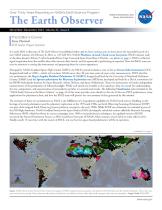- Home
- Missions
- Data
- Communications
- People
- The Earth Observer Newsletter
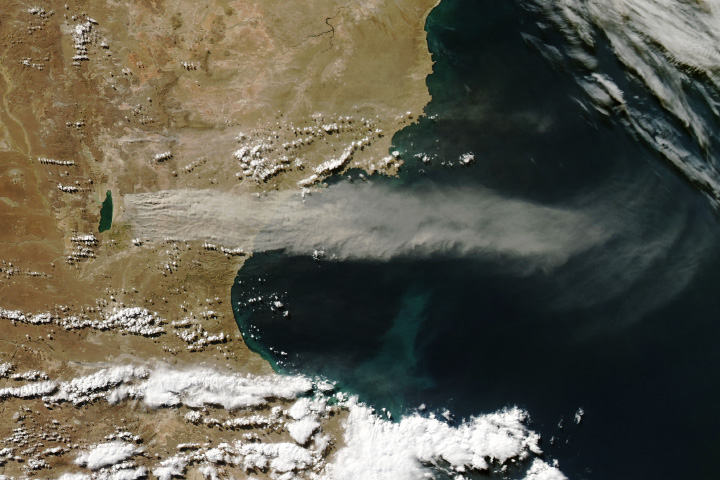
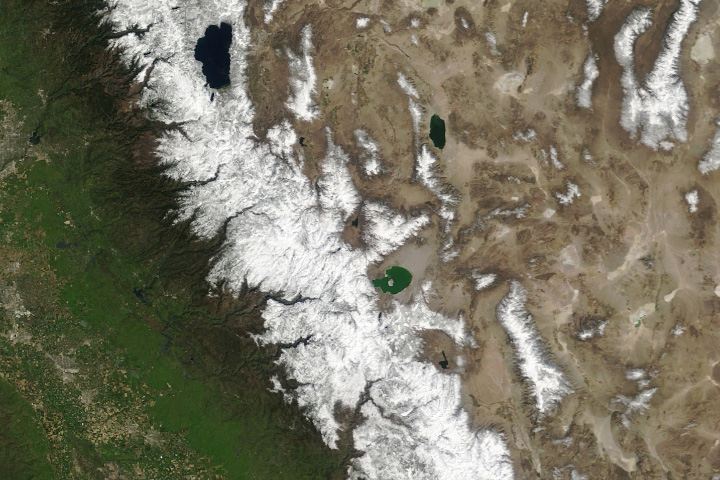
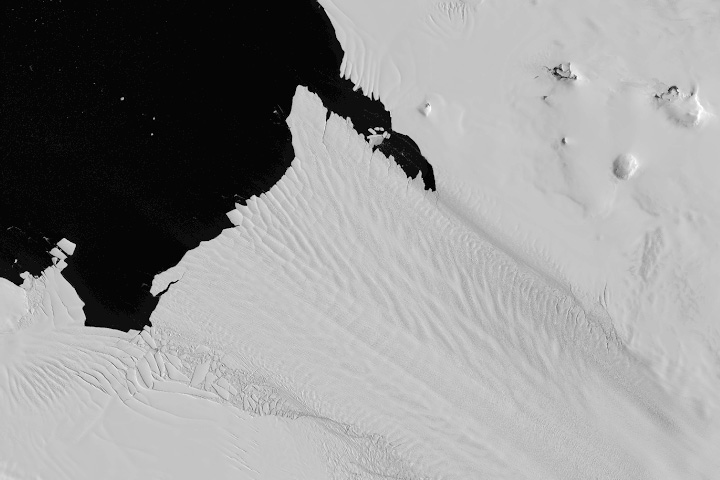
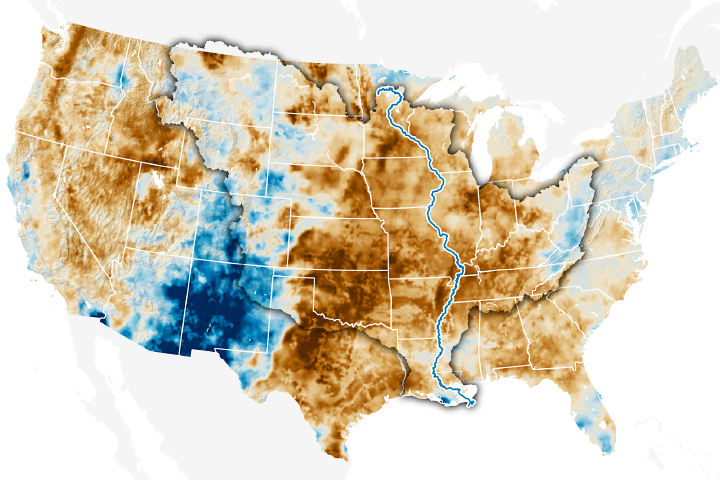
Recent Imagery
You will be directed to the NASA Visible Earth webpage when you select Images by Mission below, or click on the images at right that are randomly generated to represent four out of all possible topics.
The Earth Observer: Jul - Aug, 2002
In This Issue
Click title below to view page
- Editor's CornerFront Cover
- Reports from EOS Meetings
- Minutes from the CERES Science Team Meeting3
- Minutes from the SORCE Science Working Group Meeting7
- Minutes from the CloudSat/CALIPSO Outreach Planning Session14
- Minutes from the 19th NSIDC UWG (PODAG) Meeting22
- Other Articles
- Kudos: WMO Presents Prestigious Award to EOS Investigators21
- Radiometric Measurement Comparisons at NASA’s GSFC: Part II. Irradiance Lamp Comparisons and the NIST Sphere Source25
- ESDIS HDF-Tools and Information Website Has Been Revised30
- Seventh Bienniel HITRAN Conference Held32
- Workshop at NASA HQ to Discuss Incorporating NASA Data into Decision Support Structures34
- EOS in the News
- New MODIS Land Cover Product33
- NASA Meets Virologists37
- Satellites Reveal a Large Change in Earth’s Gravity Field38
- NASA Selects New Earth System Science Pathfinder Missions39
- Regular Features
- EOS Scientists in the News40
- Earth Science Education Program Update42
- Science Calendars43
- The Earth Observer Information/InquiriesBack cover
Editor's Corner
Michael King, EOS Senior Project Scientist
I’m pleased to announce the selection of two new space mission proposals as part of the Earth System Science Pathfinder (ESSP) program that will give new insight into the Earth’s carbon cycle and how oceans affect and respond to climate change. NASA has selected the Orbiting Carbon Observatory (OCO) and the Aquarius mission from 18 ESSP proposals received. Of the original 18 proposals, six were selected for a detailed assessment, with the OCO and Aquarius missions now moving on toward final implementation.
The Orbiting Carbon Observatory will provide global measurements of atmospheric carbon dioxide needed to describe the geographic distribution and variability of carbon dioxide sources and sinks. Aquarius will provide the first-ever global maps of salt concentration on the ocean surface, a key area of scientific uncertainty in the oceans’ capacity to store and transport heat, which in turn affects Earth’s climate and the water cycle. Dr. David Crisp of NASA’s Jet Propulsion Laboratory will be the principal investigator for the OCO mission and Dr. Chet Koblinsky of NASA’s Goddard Space Flight Center will serve as principal investigator for the Aquarius mission. Both of these missions will...
Read more...
